Ruaha National Park
Introduction
Ruaha is the ‘other park’ on the Southern Circuit, located in the heart of Tanzania. Because of its remoteness, Ruaha receives far fewer visitors than the Selous and any comparable park on the Northern Circuit.
The rewards of traveling this far are a wild landscape with baobab-studded hills and rocky escarpments, as well as superb wildlife; Ruaha safaris have consistently exciting predator concentrations; it is home to 10% of the world’s lion population, one of East Africa’s four cheetah populations, and the world’s third largest wild dog population.
This is accompanied by massive elephant and buffalo herds, as well as game from both southern and eastern Africa.
One of Tanzania’s few well-known wilderness areas, Ruaha National Park offers a unique opportunity for animal viewing that is complemented by an amazing environment. The Greater Kudu, which is unique to this national park, is one among the many species of plants and animals that may be found there. The park’s nearly unknown nature makes for a really special safari experience for visitors.
The Great Ruaha River serves as the park’s lifeline, along with rivers like Mwagusi, Jongomero, and Mzombe. These rivers primarily serve as the wildlife’s primary source of water during the dry season. There aren’t many natural springs that provide the same function.
Elephants use their front feet and trunks to draw water from dry sand rivers during the driest part of the year. The Great Ruaha River’s remnant waterfalls offer crucial habitats for crocodiles, fish, and hippopotamuses.
Climate
The rain forest in Ruaha National Park has a bimodal seasonal pattern, with the short season lasting from November to February and the long season lasting from March to April. With an average annual temperature of roughly 280 degrees Celsius, the annual mean rainfall varies from 500 to 800 millimeters. Between June and October, when the temperature at Msembe headquarters exceeds 350c, the park enters its dry season.
Parks Significance
Elephants, buffalo, antelopes, as well as other rare and endangered species like wild dogs, are among the many different types of vegetation and animals that can be found in Ruaha National Park. The park provides both wildlife and people with water shade. This makes it economically significant because it helps downstream agricultural activities and supports the nation’s hydroelectric power (HEP) needs at the kidatu and Mtera dams.
Tourist Attractions
Birds
with more than 571 species, the park is one of Tanzania’s birders’ paradises, and some of its inhabitants are known to migrate between Africa and other continents. The park has records of migrant species from Europe, Asia, the Australian rim, and Madagascar. The Ruaha red-billed hornbill, which predominates in the region, is one of the species of importance in the park. According to Birdlife International, the recently annexed wetland known as the Usangu basin is an important bird area (IBA) for the nation. Despite the fact that birds can be observed all year round, the wet season is the optimum time to watch birds.
Animals
more elephants are thought to live in Ruaha than in any other national park in East Africa. In the Miombo woodland, spectacular animals like Kudu (both Greater and Lesser), Sable, and Roan antelopes are also plainly observable. Male Sable antelope have impressively curved horns, while male Kudu has lovely spiraling horns. Wild dogs, which are at risk of extinction, have a home in the park. Lions, leopards, cheetahs, giraffes, zebras, elands, impalas, bat-eared foxes, and jackals are among the other creatures in the park.
More Destinations
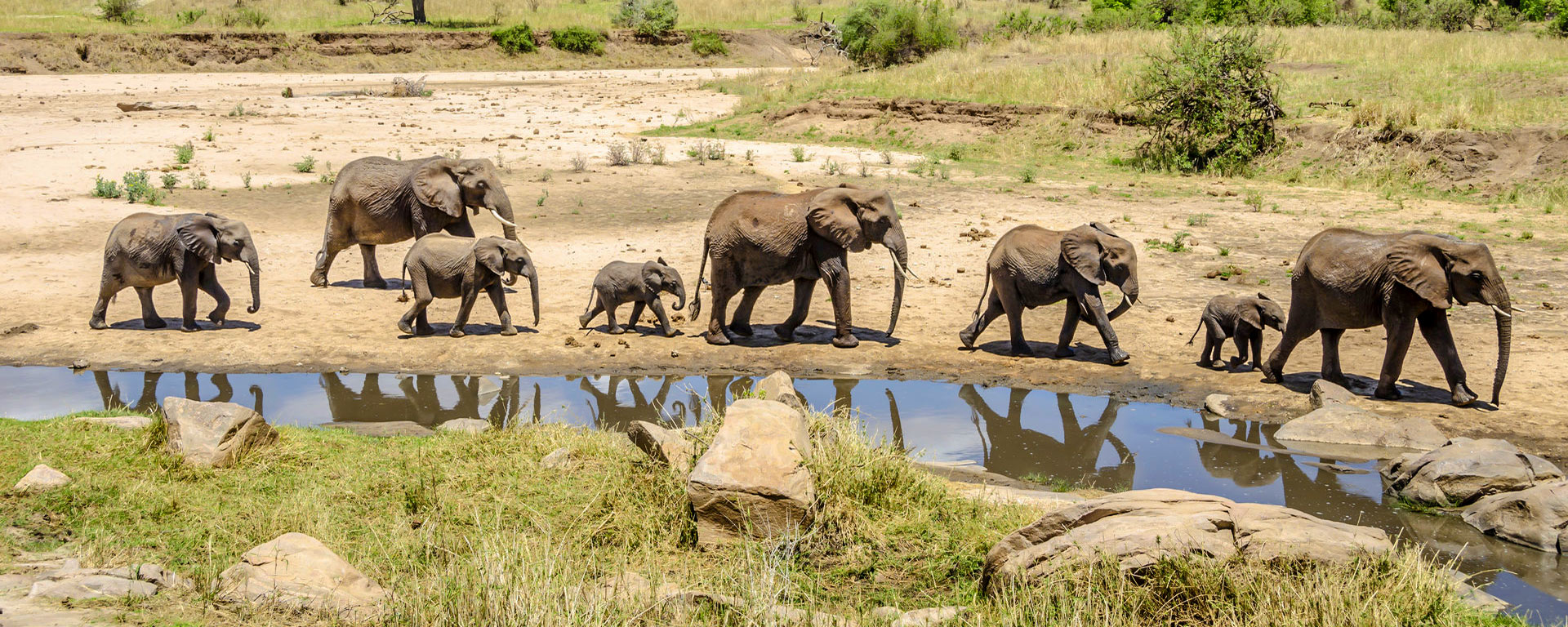
Tarangire National Park
is a lovely, quiet park located slightly off the main safari route. It is best known for its elephant migration, birding, and safari atmosphere.

Ngorongoro Conservation Area
The Ngorongoro Crater is a breathtakingly beautiful setting and the best place to see the Big Five in East Africa. It is an excellent way to begin your African safari adventure.
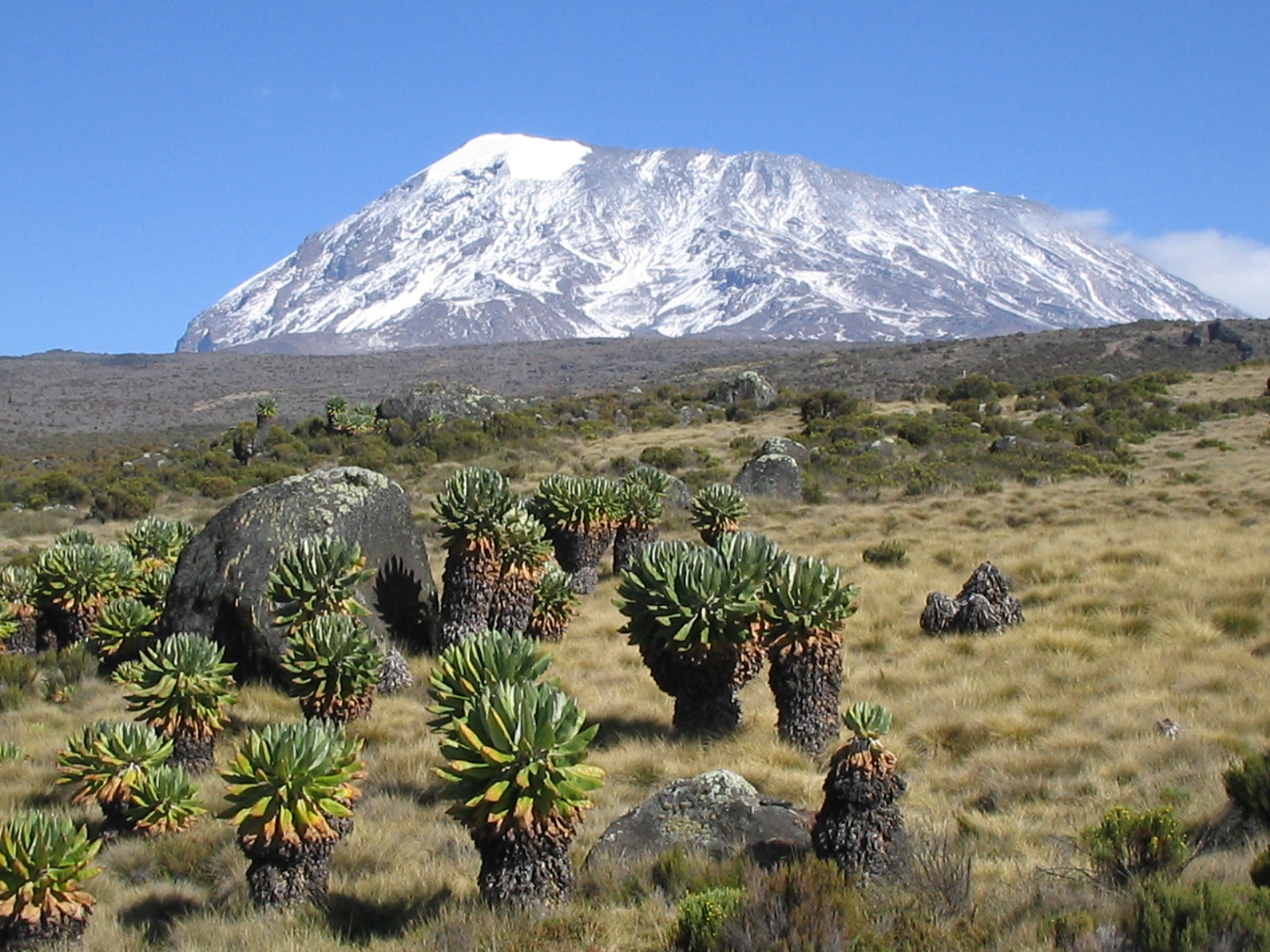
Mount Kilimanjaro National Park
Kilimanjaro, Africa’s highest mountain, is a free-standing, snow-covered dormant volcano. It can be seen from as far as Kenya and Amboseli National Park in northeast Tanzania.
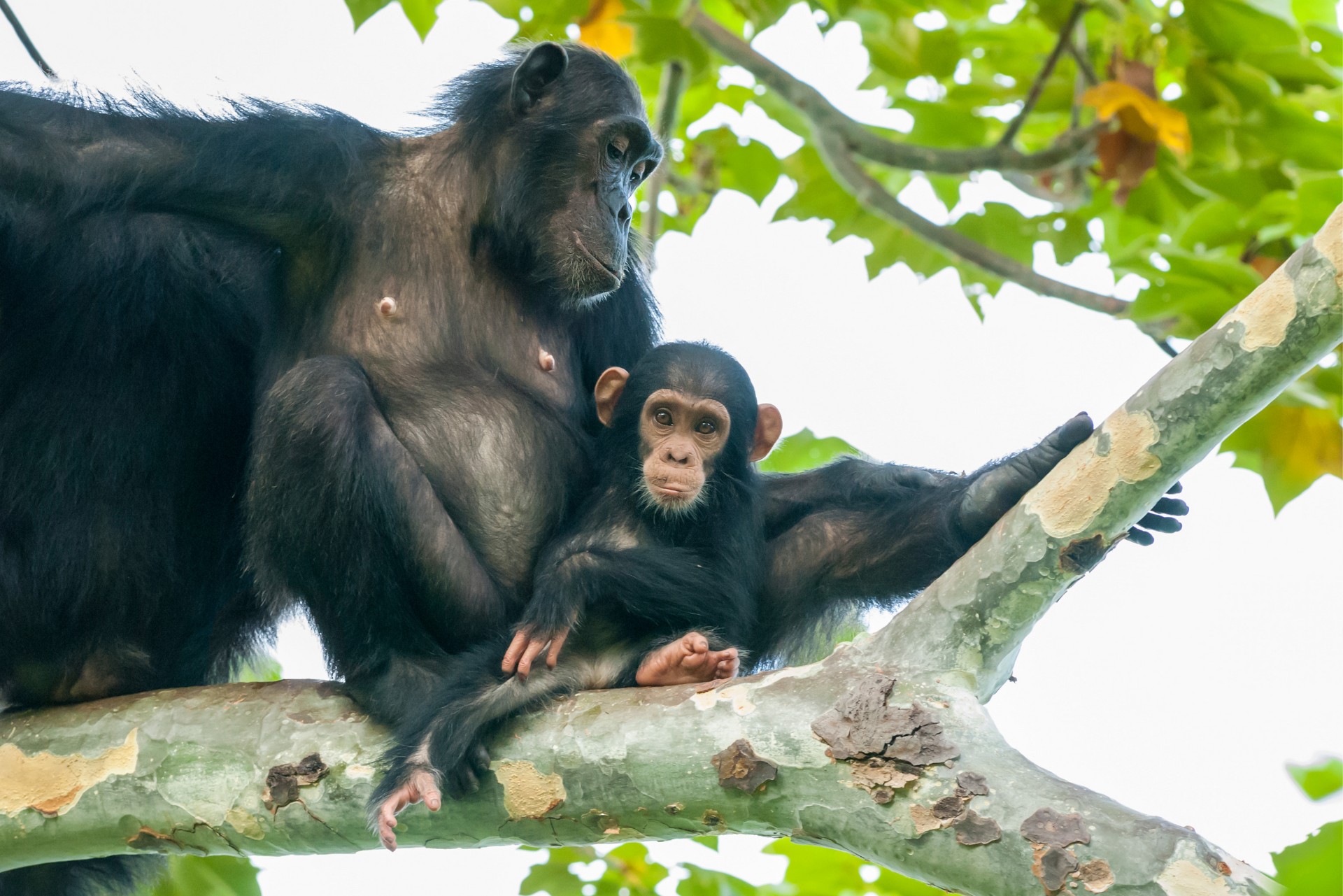
Mahale Mountains National Park
Mahale, located in the far west of the country on the shores of Lake Tanganyika and home to the best chimp viewing in Africa,

Serengeti National Park
The Serengeti is Africa’s most well-known and spectacular game reserve.
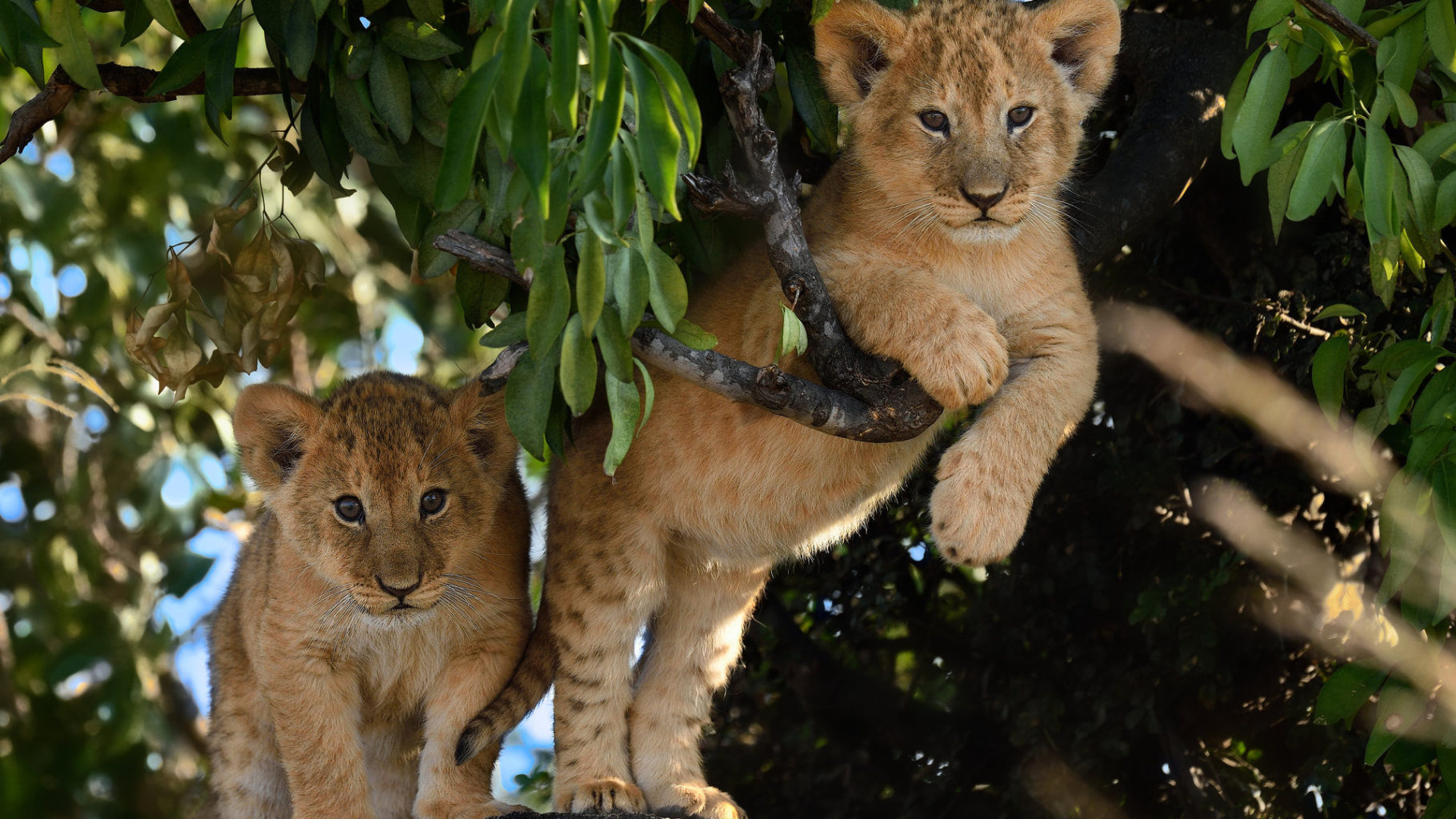
Lake Manyara National Park
Lake Manyara, located in the shadow of the Great Rift Valley escarpment, is best used as a gentle introduction to an East African safari.

Nyerere National Park
The Nyerere National Park, located in southern Tanzania and away from the crowds, is Africa’s largest game reserve and one of our favorite wildlife viewing areas.
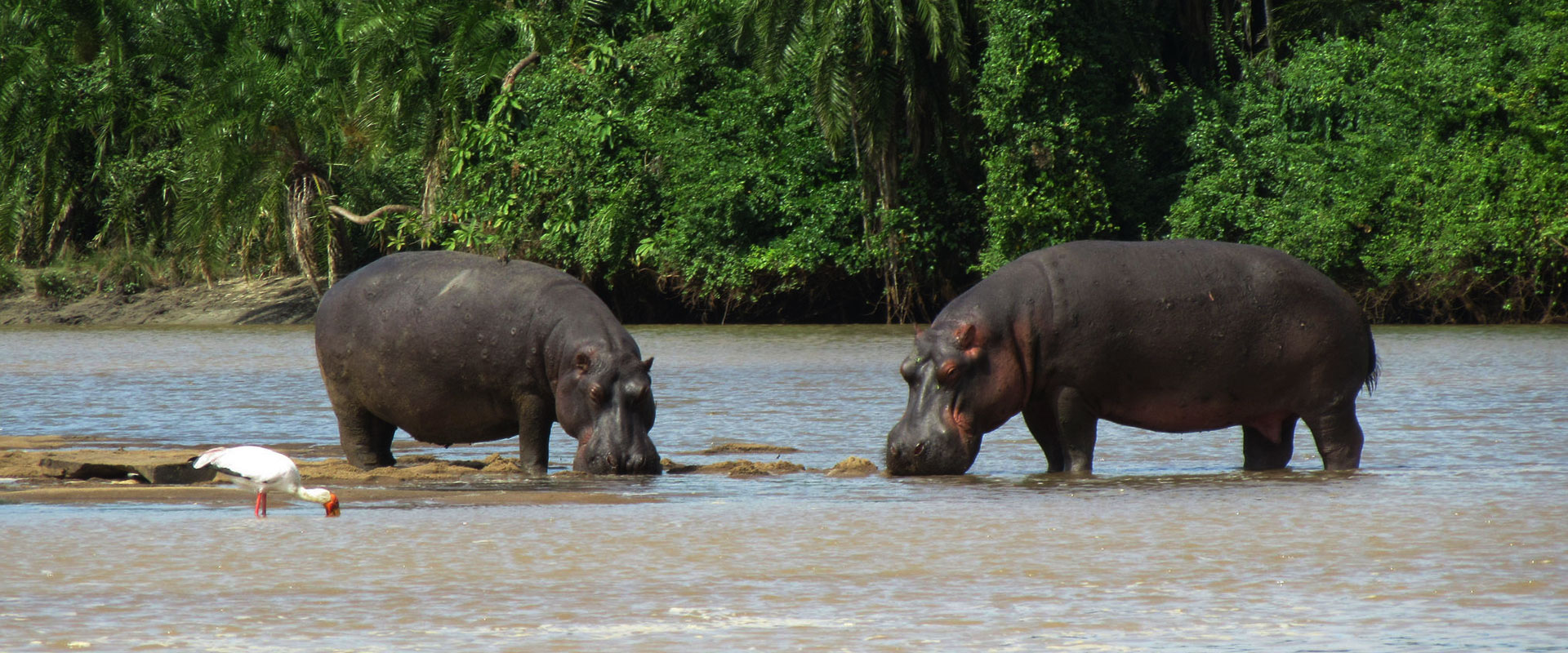
Katavi National Park
Katavi National Park, located in the far west of Tanzania, is a safari enthusiast’s dream. Katavi, which is frequently combined with nearby Mahale, receives very few visitors